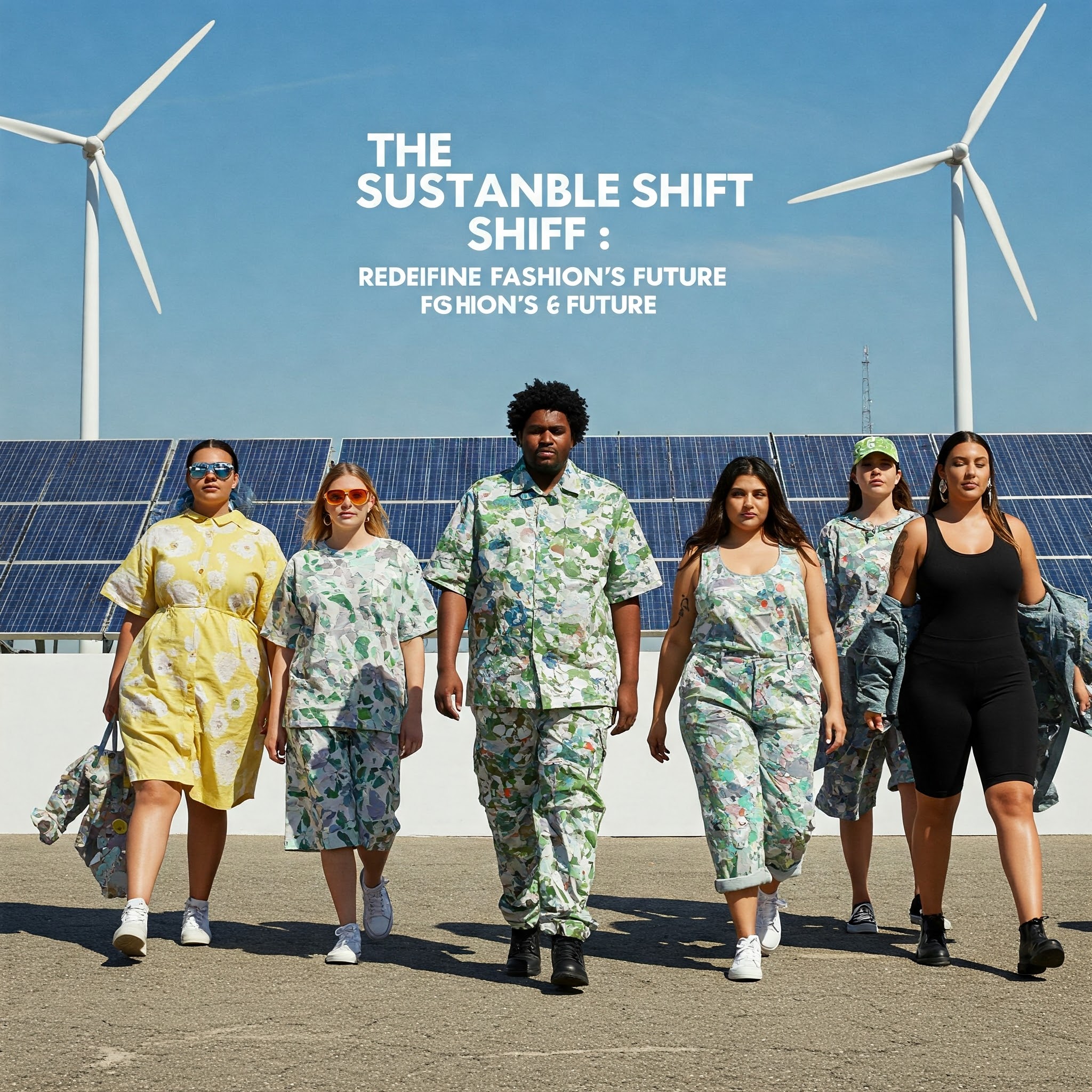The fashion industry, long associated with waste, pollution, and unethical labor practices, is facing a critical juncture. Growing awareness of its environmental and social impact has ignited a powerful movement towards sustainability, compelling brands, designers, and consumers alike to rethink their approaches. This “sustainable shift” is not merely a trend but a fundamental re-evaluation of the entire fashion ecosystem, aiming to create a more responsible and circular future for the industry.
One of the primary drivers of this shift is the increasing understanding of the environmental consequences of conventional fashion production. The linear “take-make-dispose” model relies heavily on resource extraction, energy-intensive manufacturing processes, and the generation of vast amounts of textile waste. From the water pollution caused by dyeing and finishing processes to the greenhouse gas emissions from transportation and the landfill burden of discarded clothing, the environmental footprint of the fashion industry is immense.
In response to these challenges, a growing number of brands are embracing more sustainable practices. This includes utilizing eco-friendly materials such as organic cotton, recycled polyester, and innovative plant-based alternatives. They are also exploring circular economy models that aim to minimize waste by designing for durability, repairability, and recyclability. Initiatives like take-back programs, where consumers can return old clothes for recycling or upcycling, are gaining traction.
Transparency and traceability are also becoming increasingly important in the sustainable fashion movement. Consumers are demanding to know where their clothes come from, how they are made, and the working conditions of the people involved in the supply chain. Brands are responding by providing more detailed information about their sourcing and production processes, often through certifications and collaborations with organizations that promote ethical labor practices.
The role of technology is also crucial in driving sustainability in fashion. Innovations in textile recycling, water-efficient dyeing techniques, and 3D printing offer promising solutions for reducing the industry’s environmental impact. Digital platforms are also facilitating the growth of the secondhand market, allowing consumers to buy and sell pre-owned clothing, extending the lifespan of garments and reducing the demand for new production.
Designers are increasingly incorporating sustainability principles into their creative processes. This involves considering the entire lifecycle of a garment from its initial design to its eventual disposal. Upcycling, which involves transforming waste materials or unwanted garments into new, higher-value products, is gaining popularity as a creative and sustainable approach to fashion design.
However, the transition to a truly sustainable fashion industry is not without its challenges. Scaling up sustainable production methods can be costly and complex. The lack of standardized definitions and certifications for sustainable materials and practices can lead to greenwashing, where brands make misleading claims about their environmental efforts. Moreover, changing consumer behavior and fostering a culture of conscious consumption remains a significant hurdle.
Despite these challenges, the momentum towards sustainable fashion is undeniable. Consumers are increasingly aware of the impact of their purchasing decisions and are actively seeking out brands that align with their values. Governments and regulatory bodies are also beginning to implement policies aimed at promoting sustainability in the fashion industry.
The future of fashion hinges on a fundamental shift in mindset – moving away from a culture of disposability towards one of value, longevity, and responsibility. This requires collaboration across the entire fashion ecosystem, from raw material producers and manufacturers to brands, retailers, and consumers. By embracing innovation, transparency, and circular economy principles, the fashion industry has the potential to redefine its future and become a force for positive environmental and social change. The sustainable shift is not just a trend; it is a necessary evolution that will shape the way we create, consume, and ultimately, relate to our clothes.

